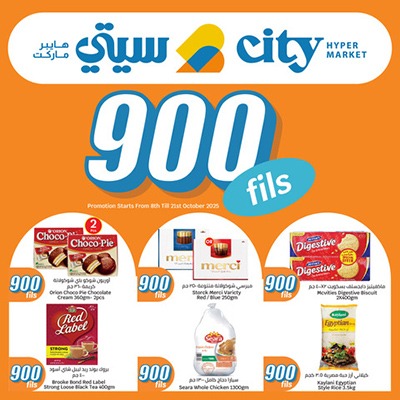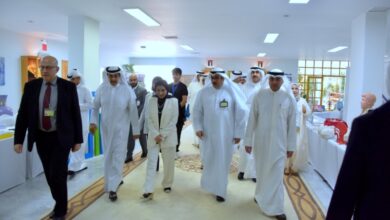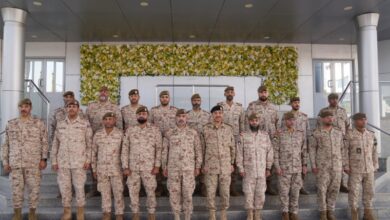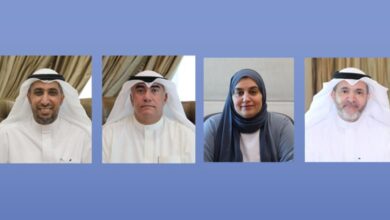Citizens received 3.7 billion dinars on rent allowance in 33 years
Informed sources have indicated that the total number of beneficiaries of the rental allowance has reached 143,000 citizens
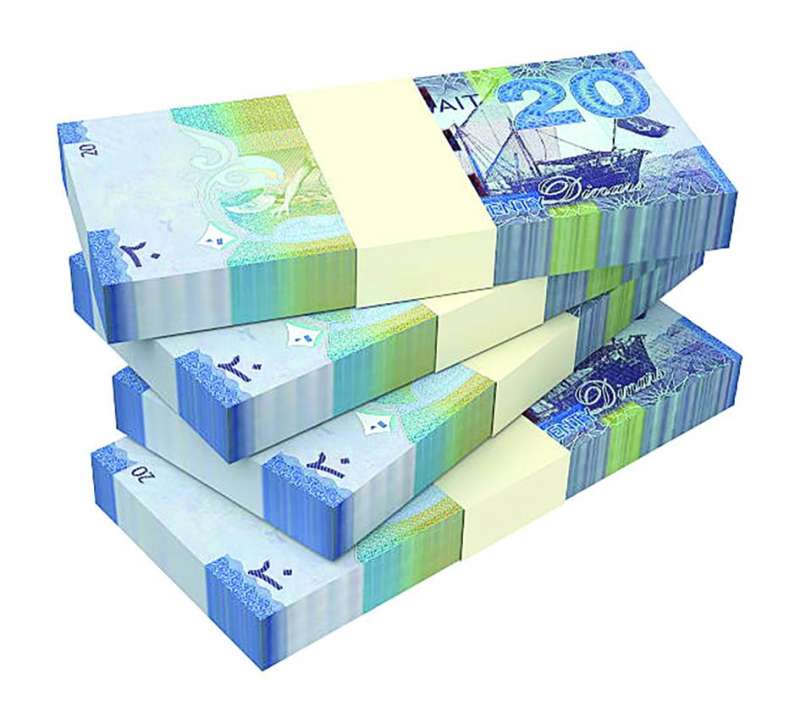
-
Between 1956 and 2013/2014, 97,000 housing units were distributed. From 2014/2015 to 2022/2023, about 71,500 units were distributed.
-
Currently, 39 housing contracts worth about 526 million dinars are being implemented digitally.
-
The yearly rate of new housing applications is about 8,000. In 2020, 91,794 housing applications were submitted, increasing to 94,781 in 2021
According to official data obtained by Al-Rai newspaper, the total rent allowance disbursed over 33 years amounted to approximately 3.7 billion dinars. This spending spanned from the fiscal year 1991/1992 to 2022/2023, with 255 million dinars spent in the last fiscal year alone.
Informed sources have indicated that the total number of beneficiaries of the rental allowance has reached 143,000 citizens. It was noted that the rental allowance will continue until the citizen submits the request for a power receipt or for 38 months from the date of receiving the voucher, whichever comes first.
The sources revealed that the Public Authority for Housing Welfare had previously submitted to the concerned authorities a number of ongoing and upcoming construction projects aimed at addressing the housing crisis in Kuwait. These submissions were accompanied by an overview of the challenges facing the institution, including detailed data on distributions, requests, and rent allowances.
Determined distributions
The sources stated that from 1956 until the fiscal year 2013/2014, 97 thousand housing units were distributed to eligible citizens. In contrast, from the fiscal year 2014/2015 to 2022/2023, about 71.5 thousand units were distributed. Data regarding this matter indicate that the percentage of distributions compared to the plan’s total previous distributions amounted to 74 percent.
Sources indicated that according to the list of housing applications submitted, there were 91,794 applications submitted in 2020. The number of applications increased to 94,781 in 2021 but recorded a decline in 2022, reaching 91,229.
It is noteworthy that this decline in the number of housing applications has continued for the second year in a row during 2023, with 90,683 applications recorded during the past year.
The sources stated that the yearly rate of new applications, as officially monitored, is approximately 8,000. They indicated that these numbers necessitated officials responsible for “residential care” to submit appropriate recommendations.
These recommendations aim to issue laws and legislation that facilitate procedures, contributing to the expedited completion of housing projects. This ensures the provision of suitable housing for eligible citizens, thereby helping to reduce the accumulation of housing applications.
Planning stage
Digitally, there are currently 39 housing contracts under implementation, with a total value of approximately 526 million dinars. These contracts include housing projects in Al-Mutlaa City, West Abdullah Al-Mubarak, South Abdullah Al-Mubarak, Sabah Al-Ahmad, Al-Wafra, East Sabah Al-Ahmad, and the Sabah Al-Salem Complex.
The sources stated that housing projects in the planning, tendering, and awarding phase amount to approximately 45,000 plots and units. This includes 20,380 infrastructure plots in the city of South Sabah Al-Ahmad and 24,508 infrastructure units in the city of South Saad Al-Abdullah.
As for future projects, they include 52,000 units in Sabriya, 25,000 in Nawaf Al-Ahmad City, and an additional 45,000 in Al-Khiran City.
Regarding the partnership projects signed with investors, the sources highlighted two opportunities in Jaber Al-Ahmad City. These projects include a mall, a commercial complex, buildings, and investment apartments. Additionally, there are two opportunities in Sabah Al-Ahmad City, which comprise a craft area, warehouses, and a traditional market.
Identifying current challenges
The sources indicated that the General Corporation for Housing Welfare identified current challenges and those related to the five-year plan in a study, aligning with the government’s work programs for 2022/2026. This study highlighted certain challenges from the government’s work program and assessed the organization’s alignment with the desired results outlined in the housing plans.
One of the most prominent challenges facing the backlog of housing applications in Kuwait is the expected high financial cost, especially considering the deficit pressure on the public budget. According to the “Residential Care” study, the estimated cost in this regard ranges between 60 and 65 billion dinars, which include infrastructure development, construction costs, rent allowance for eligible housing care recipients, financing support costs, and operational expenses of the institution.
This value represents a percentage ranging from 15 to 20 percent of oil revenues at a price of $50 per barrel. According to the “Residential Welfare” study, these costs could exceed 100 billion if the costs of residential land, operating infrastructure, and subsidies are taken into account.






